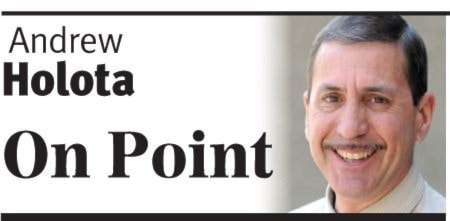By now you’ve heard of Kony 2012.
If you haven’t, Google it.
Why?
Not so much because of what it’s about, although that’s compelling; but rather because what it actually is – a social media-based campaign the likes of which the world has not previously seen.
Kony 2012 is a video, created by an organization called Invisible Children.
It focuses on Joseph Kony, the Ugandan head of a militia force known as the LRA – the Lord’s Resistance Army.
Kony tops the International Criminal Court’s list of people indicted for some of the most heinous crimes against humanity.
In the case of Kony and the LRA, it is the alleged abduction of thousands of children to be used as child soldiers and sex slaves. Extreme acts of violence, including facial mutilation, are among the horrific deeds associated with this so-called rebel force, and its leaders.
Kony 2012 is a call for action to stop this man – via world and in particular American intervention in Uganda, where Kony used to be based.
The elusive leader and his militia are now believed to be in the neighbouring Central African Republic. Recently, the U.S. sent 100 military “advisers” to Uganda to assist that country’s forces in getting Kony.
So far, they’ve not been successful.
Almost overnight, the Kony 2012 video went viral on YouTube and Facebook. To date, it has received 80 million views.
It has captured the imagination and support of millions of people around the world.
Kony 2012 is one of the most effective pieces of social media marketing ever created. It is visual, it is emotional, and it is simple.
It focuses attention on the plight of Ugandan children – a motherhood issue if there ever was one. It clearly identifies the bad guy. And it provides an avenue of action – forward a link, “like” a site, and if you’re really motivated, make a donation to the organization, and get an “action kit” of stickers, posters, a T-shirt and a wristband, which has an identification number which when tapped into the website, makes this campaign trackable and quantifiable.
The initiative is fascinating, if not disturbing.
It has tapped deep into the new generation, who live in a Facebook world.
The vast majority of them never heard of Kony or the LRA before. They do now.
Most probably also never knew that the issue of child soldiers is, sadly enough, not new at all. Especially in the endless African conflicts, it is almost commonplace.
As for the title of “the worst” of the world’s criminals, competition is fierce. Again, unfortunately, the African continent is chockablock with violent warlords responsible for the slaughter and starvation of hundreds of thousands of innocents. But remove them all and the place would still be left with immense problems of drought, disease, inter-tribal rivalries and political/military interference by a host of foreign nations.
And meanwhile, of course, around the planet there are countless other world-class thugs, some of them even posturing as legitimate leaders.
Yet, thanks to Kony 2012, we can put a name and face to one.
As the video states, he is made famous in order to be known, so that he can be stopped.
He is literally the Facebook “poster boy” for evil. That he deserves such a role is hardly in dispute.
Ultimately, the end game of the Kony 2012 campaign may possibly see the man brought to his death.
If he’s done what he’s accused of doing, I’m not squeamish about such a thing.
However, this is a highly selective and thinly scripted morality play, acted out on a world stage before a highly impressionable and often ill-informed audience.
What will be the next campaign to harness the powerful knee-jerk potential of social media – and who’s to say it will be for good?
That’s assuming we all agree on “good.”
